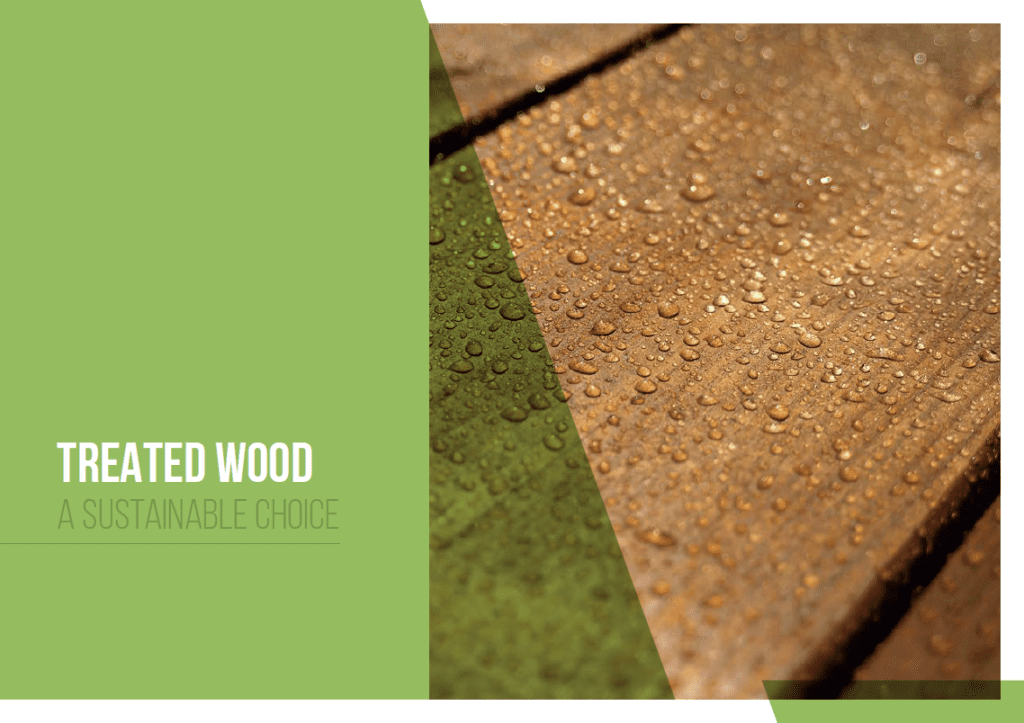
Wood is an extraordinary material. Naturally renewable, it grows in ever-increasing abundance in Europe.
It is beautiful, light and strong to build with, warm and welcoming to live with.
And it offers a simple way to reduce the CO2 emissions that are the main cause of Climate Change, through:
- the carbon sink effect of the forests;
- the carbon storage effect of wood products;
- substitution for carbon-intensive materials.
The purpose of this book is to set out the environmental arguments for using wood as one way of reducing Climate Change, at the same time as putting the industry’s economic contribution in context.
CEI-Bois, Roadmap 2010, Executive Summary, 2004 While the European timber industry recognizes the importance of the sustainable ‘triple bottom line’, where long term economic development must be balanced against the need to respect the environment and the interests of society as a whole, setting universal targets is impossible, given its diversified and fragmented structure across Europe.
However, the main issues have been recognized and are being addressed. These, in common with most industries, include the health of the workforce, safety at work, a reduction in sick leave, flexible working hours, training, gender equality, Corporate Social Responsibility, impact on local societies, ecological impact and environmental impact.
Tackle climate change use wood
Wood is an extraordinary material. Naturally renewable, it grows in ever-increasing abundance in Europe. It is beautiful, light and strong to build with, warm and welcoming to live with. And it offers a simple way to reduce the CO2 emissions that are the main cause of Climate Change, through: • the carbon sink effect of the forests; • the carbon storage effect of wood products; • substitution for carbon-intensive materials. The purpose of this book is to set out the environmental arguments for using wood as one way of reducing Climate Change, at the same time as putting the industry’s economic contribution in context.

